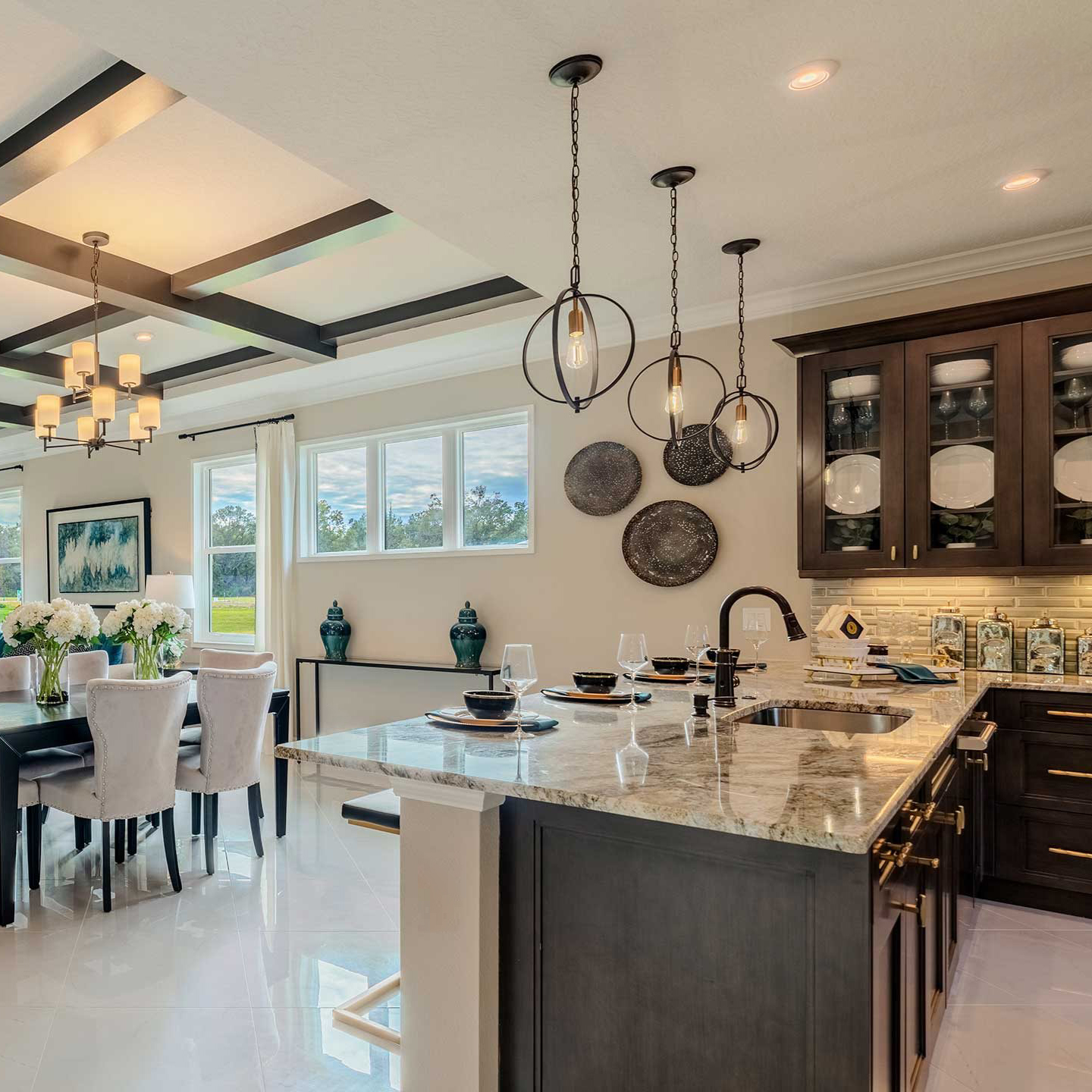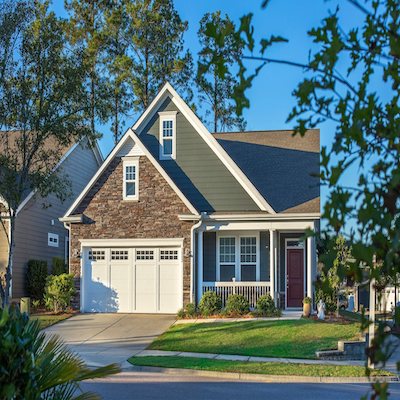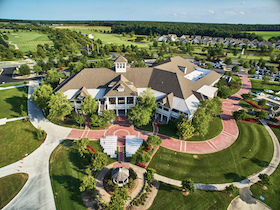Aging in Place: Home is Where the Heart Is
Category: Eldercare
By Maria Tadd
July 25, 2011 — According to the American Association of Retired Persons (AARP), about 90% of retirees and 80% of baby boomers say they want to remain in their neighborhoods indefinitely. It is generally agreed that this is a good thing too – gerontologists have found out that aging in place vastly improves the quality of life for seniors and is a lot cheaper for society than residential facilities.
The reasons for this are not all that surprising. It is not just our house and belongings that provide comfort but it is also the cultivation of long-lasting friendships; caring neighbors who check in from time to time; dining with friends; a trusted team of health care providers; the hairstylist who knows our life story; and all those other relationships that make our life whole.
In the last five years, much progress has been made in the field of aging in place with the development of “smart” high-tech devices, a greater awareness with regard to city planning, the creation of supportive communities (Naturally Occurring Retirement Communities aka NORCs), an increase in volunteerism, etc. All of these advances have made aging at home more doable.
Today, cities, towns, and the federal government have come to realize that it is far more cost-effective for seniors to grow old at home. As the demographics shift from fewer school-aged children to more people 65 years old and older, it is incumbent on cities and towns to address the needs of their aging populations.
The federal government has also gotten on this bandwagon and has created several programs – The Social Managed Care Program (SMCP) and The Program of All-Inclusive Care for the Elderly (PACE) – to help the frail elderly remain at home. In addition, they have a pilot program that is designed to relocate nursing home residents who don’t need 24/7 care back into the community. It is far less expensive to care for seniors in an apartment than in a residential facility. Furthermore, these seniors are experiencing a much improved quality of life.
To accommodate a rapidly aging population, cities have had to become creative in finding ways to become more age-friendly. In New York City, for example, idle school buses take seniors grocery shopping. In East Harlem, stores put out folding chairs to let older customers rest as they do their errands. In the Upper West Side, sixty grocery stores are deemed age-friendly because they offer deliveries, have public bathrooms (a rarity in the city) and sell single portions of fresh meat, poultry or fish – important for people who live alone. Major cities such as Atlanta and Portland (OR) and others are following suit.
Technology to the Rescue?
Given the pace of the graying of America, it is clear that there will not be enough caretakers for all who will need care. To address the shortage (which has been a problem for decades and is only getting worse), engineering departments across our college campuses are coming up with exciting, innovative devices to help elders age in place.
Various universities are studying how to make an elder’s home safe and at the same time address the potential for isolation. The Oregon Center for Aging & Technology at Oregon Health & Science University is conducting a study of 480 people to determine the acceptance and effectiveness of home monitoring devices. They have outfitted participants’ homes with technology that monitors them for illness or a fall. An array of electronic monitoring gear is installed which is light years away from those rudimentary medical-alert necklaces and bracelets that so many of us are familiar with.
– Motion sensors along hallways and ceilings record gait and walking speed. A monitor on the back door observes when the senior leaves the house, and another one on the refrigerator keeps tabs on how often she’s eating. These in-home monitoring devices send information to a call center and to a caregiver, if there is one. If she has fallen or if her routine has deviated from the norm, a signal will go out and someone will check on her. For many, these devices provide a sense of security to the senior and they can also provide caregivers peace of mind.
– Some other devices include a special bed laced with sensors to assess breathing patterns, heart rate and general sleep quality. If someone laying on the bed holds a breath for a few seconds, the computer monitor flashes “subject has stopped breathing.”
– A pill box fitted with electronic switches records when medication is taken. And a Wii video game system has been reconfigured to measure a player’s weight and balance.
– High-tech fall detectors and many other exciting devices are already on the market and more are in the pipeline.
You can find more information on these topics as well as other very valuable information on how to age well at home, in my book, Happiness Is Growing Old at Home, which is available on Amazon.com. Also, there are numerous articles on my website, www.agingathome.info.
Maria Tadd is a freelance medical writer and author. Her writing covers a broad spectrum including promotional materials for the pharmaceutical industry and the professional medical community, articles on spirituality and holistic health, haiku poems, and her book on elder care, Happiness Is Growing Old at Home. Since the publication of her book, Maria has been a guest on Fox 50 TV and various radio shows across the country. She has also given talks to various organizations and residential facilities and has presented webinars.
For further reference:
Aging in Place Forum Topic
Cohousing and Aging in Place Movement Gains






Comments on "Aging in Place: Home is Where the Heart Is"